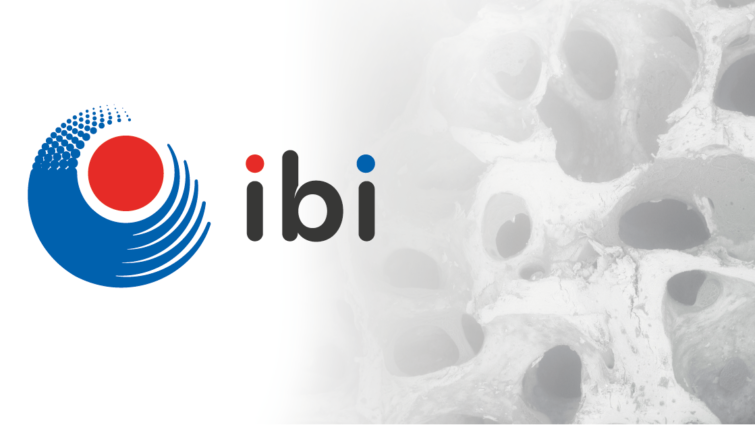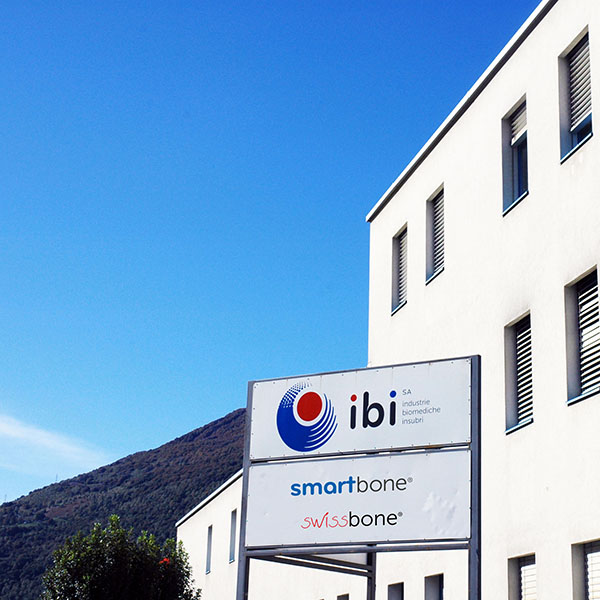CLOSE

Date:
2017
Journal:
International Journal of Pharmaceutics
Author:
Delfo D’Alessandro, Giuseppe Perale, Mario Milazzo, Stefania Moscato, Cesare Stefanini, Gianni Pertici, Serena Danti
Link:

The ideal scaffold for bone regeneration is required to be highly porous, non-immunogenic, biostable until the new tissue formation, bioresorbable and osteoconductive. This study aimed at investigating the process of new bone formation in patients treated with granular SmartBone for sinus augmentation, providing an extensive histologic analysis. Five biopsies were collected at 4–9 months post SmartBone implantation and processed for histochemistry and immunohistochemistry. Histomorphometric analysis was performed. Bone-particle conductivity index (BPCi) was used to assess SmartBone osteoconductivity. At 4 months, SmartBone (12%) and new bone (43.9%) were both present and surrounded by vascularized connective tissue (37.2%). New bone was grown on SmartBone1 (BPCi = 0.22). At 6 months, SmartBone was almost completely resorbed (0.5%) and new bone was massively present (80.8%). At 7 and 9 months, new bone accounted for a large volume fraction (79.3% and 67.4%, respectively) and SmartBone1 was resorbed (0.5% and 0%, respectively). Well-oriented lamellae and bone scars, typical of mature bone, were observed. In all the biopsies, bone matrix biomolecules and active osteoblasts were visible. The absence of inflammatory cells confirmed SmartBone1 biocompatibility and nonimmunogenicity. These data indicate that SmartBone1 is osteoconductive, promotes fast bone regeneration, leading to mature bone formation in about 7 months.

IBI SA
Industrie Biomediche Insubri SA
via Cantonale 67, CH-6805 Mezzovico-Vira, Switzerland
t. +41 91 93.06.640
f. +41 91 220.70.00